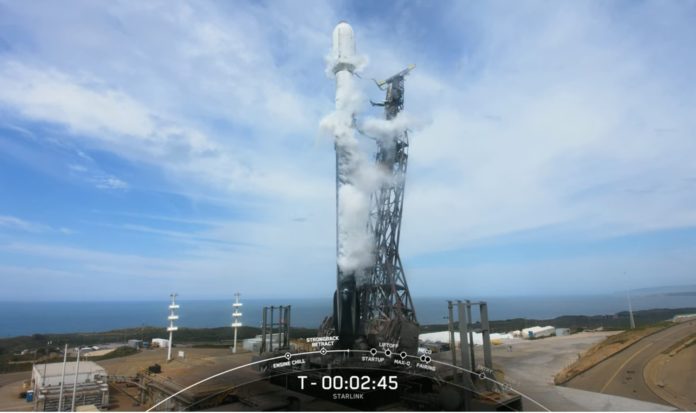Slow or hardly any internet at all may be the norm for rural Alaska for a little while longer.
According to SpaceNews.com, the first Astranis-built satellite for rural Alaska won’t be delivering commercial broadband for Alaska-based Pacific Dataport because of a malfunction: The little satellite can’t keep its solar arrays pointed at the sun, the California-based manufacturer’s CEO John Gedmark has reported to trade publications.
The hope was to have a micro-geo satellite coverage for much of the sparsely populated and remote area in Alaska affected by an earlier fiber optic cable break in the Arctic Ocean. Communities in the Arctic and near-Arctic are now using GCI’s TERRA network, which is close to capacity and delivering very slowly.
Meanwhile, QuintillionGlobal, which is trying to repair the fiber optic cable that was cut by ice, has updated its repair schedule:
The current plan of work, based on ice forecast, is to have repair operations start Aug. 9 and run through Aug. 22. The schedule is based on the area of work being 90% ice free during that time.
National Weather Service released a three-month sea ice forecast indicating the earliest opening of the navigation channel to the coastal area nearby the fault as the second half of August. Quintillion said it is consistent with recent commercial ice forecasts.
The repair vessel has been en route from Vancouver, B.C. and is scheduled to be anchored off of Wainwright during the second half of August.
Meanwhile, for Pacific Dataport, Astranis will deploy a full replacement in early 2024, but the hopes for service this summer appear to be dashed.
“Pacific Dataport is currently focused on two goals: Using OneWeb LEO service to get rural Alaskans connected and preparing a second, much larger satellite for our 154º W orbital slot, which will launch in 2025,” Pacific Dataport said in a statement.
The new satellite will have significantly more capacity than Arcturus, the company said, as technology continues to improve by leaps and bounds in this sector. The MicroGEO satellite weighs about 800 pounds, far lighter than the 6.5 tons of standard broadband satellites.


Isn’t Musk’s service already up and working?
Yes it is! I have 4 Starlink systems. It basically sets its self up, is high speed, and unlimited. The Democrats are wasting tax dollars simply because they do not like Elon Musk. My only complaint about Starlink is that the customer service is basically non-existent.
Starlink is up and running. I have deployed many all thoughout the state. The residential package is just under 700 bucks, and comes with 200mbs down and 20mbps up. The monthly cost is 90 bucks. You don’t need a installer, cause it self aligns. You just have to screw it to a roof with good sky access. This solves the last mile problem Biden is trying to sell the tax payer for 50 billion dollars. It is the “golden egg” for Alaska. The reason most don’t know about it is because Biden, and his kickback companies, don’t get the HUGE tax dollars! This is a game changer for rural Alaska! But if Elon does it, the current administration wont get on board. We have a huge problem with the current media being bought and paid for by the left, and I thank God everyday for publications like the Must Read Alaska everyday!
The north slope borough has a savings account that could easily use the oil tax revenue for providing Starlink dishes. That puts an end to all the chicken little, the sky is falling crap.
What do they tax for if the money can’t be used to help all their people?
Always a bit more difficulties for Alaskans. What are our re-presenters doing about it? Acting ladylike again? How cute, darling and yet style-leash.
WE MUST send thum kid gloves.
“I dint know WE were supposed to DO something about it!” :*[ !!! We are just the deco! :*[
Someone should file a lawsuit against these folks, the other providers and duh Government for failing to deliver the Constitutional Right to high-speed broadband. A judge could enter a nation-wide injunction and Senator Murkowski could appropriate $50 billion or so to help satisfy the injunction. Does anyone see any problems with this approach? It has worked in other cases. At least is seems similar.
Comments are closed.